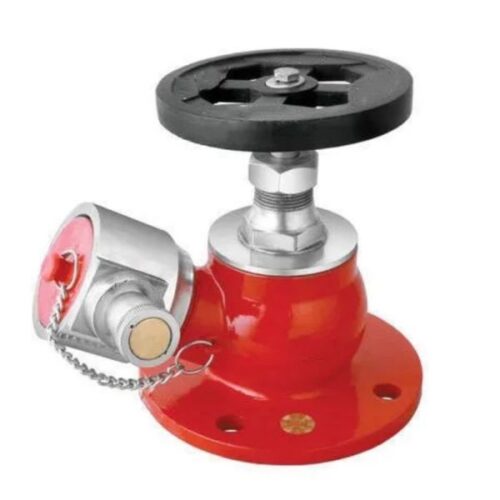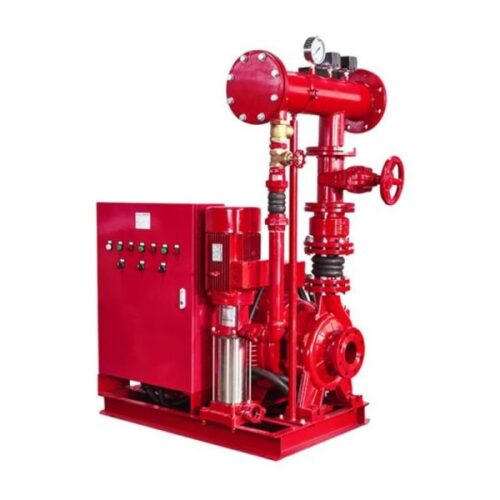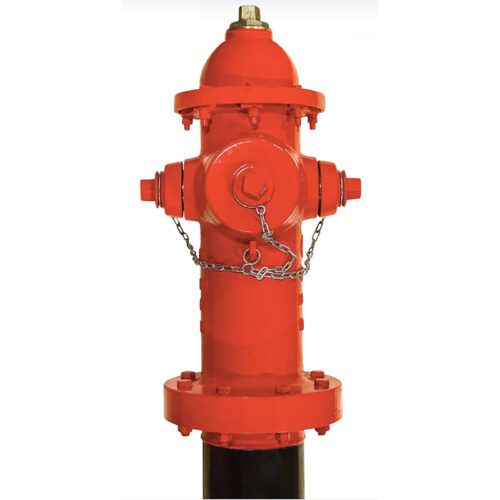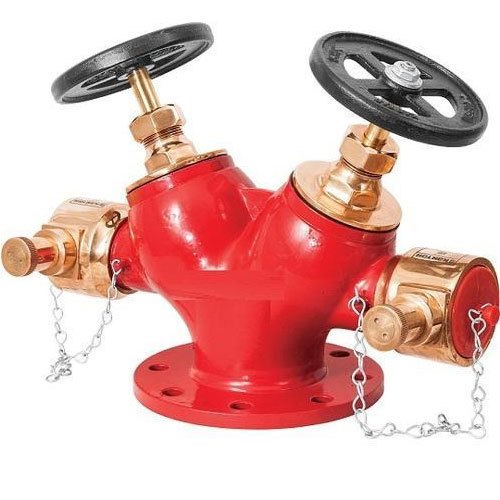- Black Friday! 35% Off
- Free carbon neutral shipping on US orders
0.00₦
A fire hydrant in its simplest definition is a water vent with a pipe and control valves. It is usually a protruded connection point fixed at strategic areas where firefighters do tap into a water supply during firefighting.
Read More
All fire hydrants are connected to a water network by which the water is provided across other points to help fight and extinguish fire outbreaks. It is common for all buildings to have it. Fire hydrants are seen in industrial areas, roadsides, parking lots, mines, playgrounds, etc.
When there is a fire incident, firefighters will find the fire hydrants, plug their hoses, open the valves with the help of a unique pentagonal twist and pump a large volume of water with high pressure in order to extinguish the fire. Each fire hydrant is basically just a connection point to the main water network. The fire hydrant is connected to this main water network underground through a pipe called a riser and the pressure in the riser pipes is what pumps the water when fighting fire.
Basically, the primary use of fire hydrants is to supply water during firefighting. However, they also have other uses and can be employed for;
Line Flushing: As a result of its high pumping capacity and ease of operation, they can also be utilized in flushing main supply network lines.
Testing System: Fire hydrants can be used to check the hydraulic capacity of any distribution system.
Other Common uses: Often, fire hydrants are also used in other water-related projects to serve as a water supply for commercial construction work, sewer cleaning, street construction, street cleaning, etc.
The major elements found in a fire hydrant system are:
Fire Fighting Pumps & Accessories
Piping
Panels
Landing Valves
Hoses
Couplings
Hose Reel
Branch Pipes & Nozzles
Fire Brigade Connections
Wiring & Instrumentations
Maintenance Valves
There are two major types of fire hydrants and they are the Wet Hydrant and Dry Hydrant.
There is also the classification according to the pressure of the water flow which is identified by the colour of the hydrant.
Light Blue/Blue: Flows at >1500 GPM which means it’s a high flow and good for industrial use.
Green: Flows at 1000-1500 GPM and it’s good for residential use.
Orange: Flows at 500-999 GPM and it’s marginally adequate.
Red: <500 GPM which means it has a low flow and inadequate
When using a fire hydrant, proper personal protective equipment must be worn. This is to prevent any form of accident and also high-pressure water flowing through an old hydrant could experience a failure which can result in physical injuries to the operator or persons nearby.
Morven Industrial brings you all types of fire hydrants and accompanying accessories ready for installation at your building. Our products are the industry’s best, durable and budget-friendly. Buy now to get your fire hydrants and other fire safety equipment.
Product categories
All Categories
Need Help?
Monday – Friday: 9:00-20:00
Saturady: 11:00 – 15:00
Customer Service
Copyright 2024 © Morven Industrial All right reserved. By Sort Odds Global Solutions







